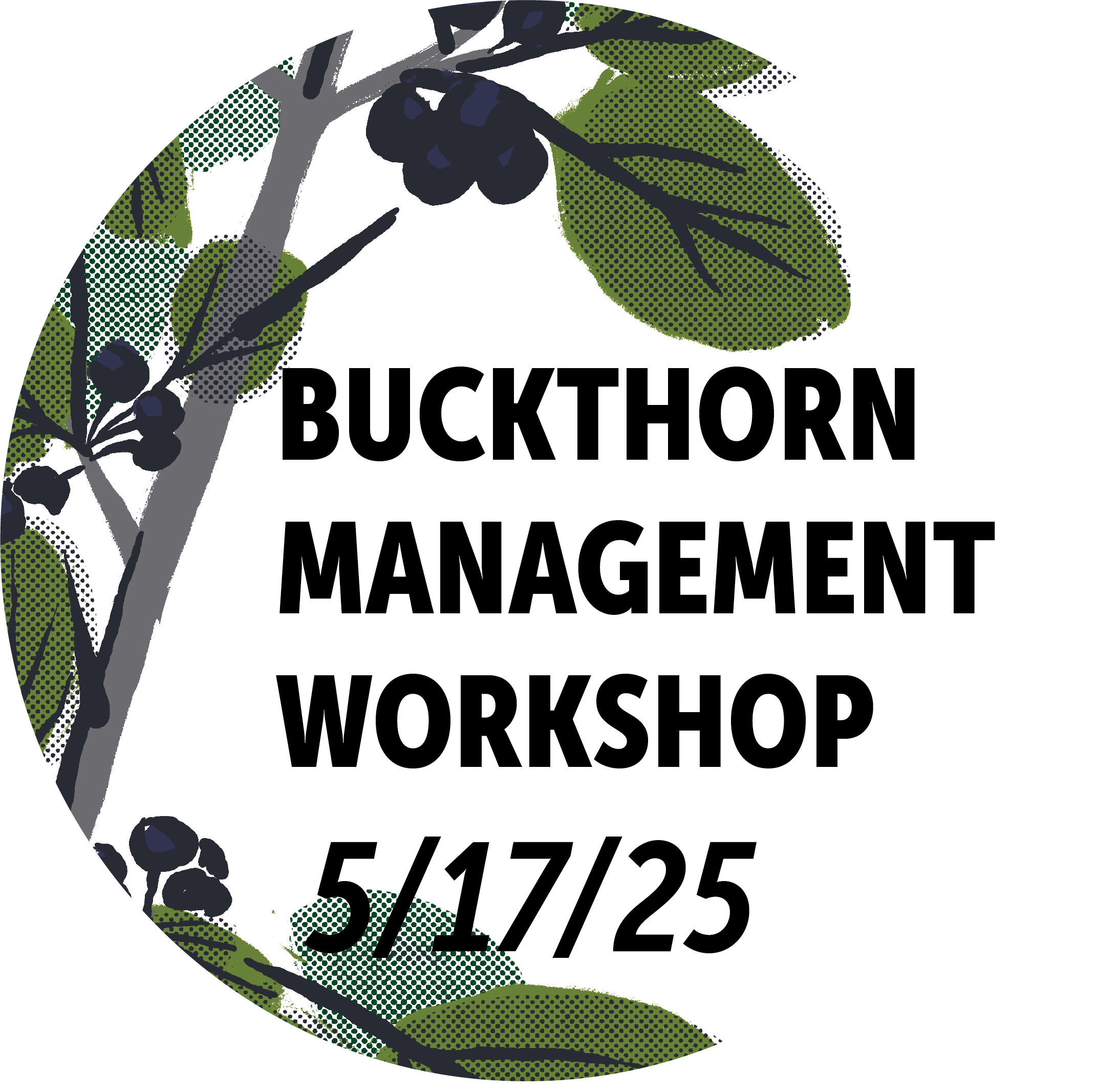Beekeeping Q&A (with the current AHG president)
How do you feel about the city’s new beekeeping ordinance?
I have concerns… and I feel frustrated with the new policy.
Why?
I’m concerned about how the policy–allowing residents to keep honeybees–might impact our local bees. I’ve spent many years trying to improve habitat in my own yard to support pollinators and now, working with others through AHG, we’re trying to make improvements community-wide. Hearing about the policy felt like one step forward and two steps back.
But if you care about pollinators, why would you object to beekeeping?
There are two main reasons.
Honeybees are not native. They were brought over from Europe. According to the USDA, they are livestock. I’m not opposed to the keeping of livestock in general but, unlike other types of livestock, honeybees don’t respect boundaries and fences. They can travel up to two miles to forage for pollen and nectar.
Wait… isn’t that good? They’re helping to pollinate so many plants throughout the community.
No, not really. And that brings me to my second point:
2) MN has 500+ species of native bees. That’s in addition to other pollinators, such as moths, wasps, flies, and beetles. These species co-evolved with our native plant communities. Even when it comes to garden crops, our native bees are often much better at pollinating them than honeybees. There are different bees that specialize at pollinating blueberries or raspberries. Bumblebees are essential for pollinating tomatoes. And there’s a group of bees known as squash bees that only collect pollen from… you guessed it… squash blossoms.
Okay… so honeybees aren’t necessarily benefiting the community as much as we may have thought. But they’re not bad, right?
Not exactly. I mean… honeybees are fascinating creatures and learning about honeybees can be a fun way for people to learn more about the natural world and interesting life cycles… and hopefully pique their curiosity so they want to learn more. I can also totally relate to people wanting to learn new skills related to food production and self-sufficiency.
However, our native bees are in trouble–from habitat loss/fragmentation, disease, and pesticide exposure–and the addition of honeybees makes it worse. Honeybees have been shown to spread disease to native bees. But what really bothers me–what really hits me personally–is that a single hive of honeybees takes up the resources that could otherwise support 100,000 native, solitary bees. [source]
To step back and think of it philosophically, the flowers in our community are what can be described as a “common pool resource.” They are finite, and we can’t prevent access to them; they are a community resource that is shared by ALL. But we may have different views on how those resources should be used. Beekeepers are in a position to use up a significant portion of those community floral resources for their own gain: the production of honey. Personally, I don’t want my investment of time/energy/money to restore habitat–both at home and in the parks–to be for the gain of beekeepers; I'm working to support the native bee species and other pollinators.
Hmm… is there a way to have both? Can we support both native bees AND honeybees?
Yes, it should be possible. I don’t think we have the necessary floral resources NOW, but it should be possible to support healthy populations of native bees and a SMALL number of honeybee hives. I think the biggest issues that would need to be dealt with are:
- creating significantly more native habitat AND habitat connectivity (such as with pollinator pathways) to support native pollinators, and
- imposing limits on the number of hives in the city and requiring that beekeepers meet the needs of their livestock for forage. According to various sources, beekeepers should provide about two acres of forage PER HIVE. (Actual need can range from 1-5 acres depending on quality. [source] ) I don’t think there are many Arden Hills residents with property that large, but I can imagine it being more of a community effort where neighbors work together to feed (and potentially benefit from) the honeybees.
